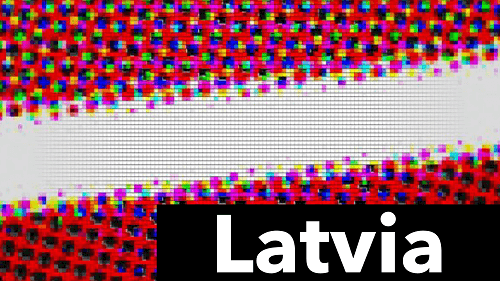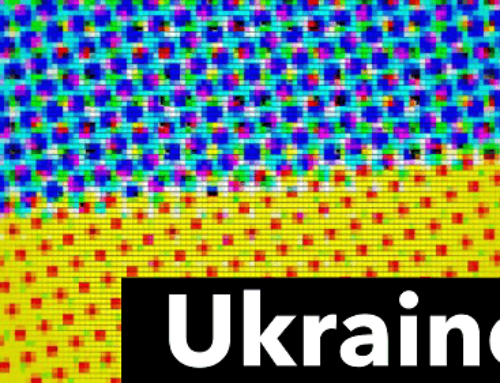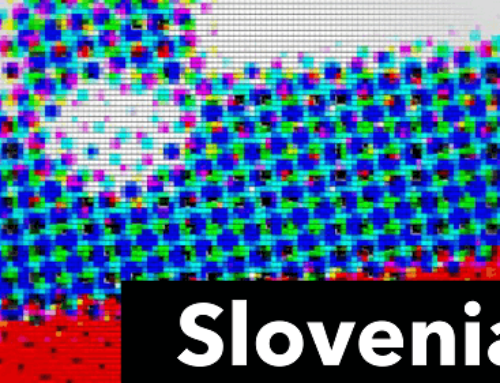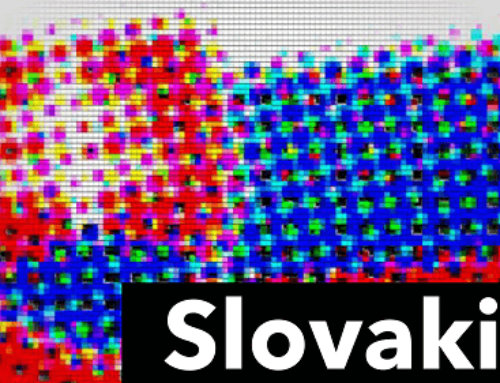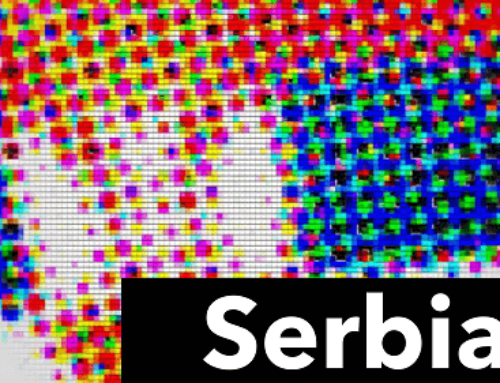Latvia is a parliamentary democracy with a population of approximately two million people. As one of the Baltic states, it is situated between Lithuania and Estonia. The following report shall give a brief insight into the political and economic developments in the country.
Developments to an independent Latvia
The First Republic of Latvia came into being in 1918. However, the consequences of the global economic crisis resulted in a coup d’état in 1934 and in the establishment of an authoritarian regime. In 1940 the country was then annexed by the Soviet Union. It is fascinating that a large proportion of ethnic Russians always live(d) in Latvia. Even at the time of independence efforts, the proportion of Latvians was only at 60%. In 1988, the Popular Front came together, demanding independence for Latvia. They quickly gained widespread support among the population and decided to become independent in parliament. After a confrontation with Soviet troops, an official referendum on Latvian autonomy followed. The independence was officially pronounced in 1991; the constitution then came into force in 1992. The peculiarity of this constitution is that it was reinstated (with appropriate changes and updates) as the pre-socialist constitution of the 1st Republic of Latvia. [1]
Political conditions
The President of Latvia primarily has a representative function or a control function regarding the legislation. He can influence the formation of a government and initiate a referendum if he calls for the dissolution of the Parliament. His term of office is four years. Egils Levits has been in office since 2019. The one-chamber Parliament occupies a central position in politics: it is responsible for legislation and the election of the president (with an absolute majority of votes). Furthermore, it controls the government to the extent that it must report regularly to Parliament or that Parliament can pass a vote of no confidence in the government. The legislative period is four years, and it consists of 100 deputies in total. Important parties represented in parliament are the Social Democratic Party SC, the Union of Greens and Farmers (ZZS), the National Alliance (NA) and the Latvian Union of Regions (LRA). The prime minister works as head of government with the responsible council of ministers. This is currently Maris Kucinskis from the ZZS party.
Latvia consists of a total of 110 districts, which have regional city-or district-administrations.[2]
Economy
The largest economic activity in Latvia is agriculture. Nevertheless, Latvia is struggling with a shortage of staff and emigration.[3]
Accession to the EU took place in 2004, with the Euro not being introduced as the official currency until 2014. In the same year, the country joined the Schengen Agreement. In addition, Latvia is a member of NATO (also since 2004), the OSCE, WTO, UN and the Council of Europe. Furthermore, the country still has good relations with Russia due to their common history and economic cooperation. [4]
Christine Tapler

